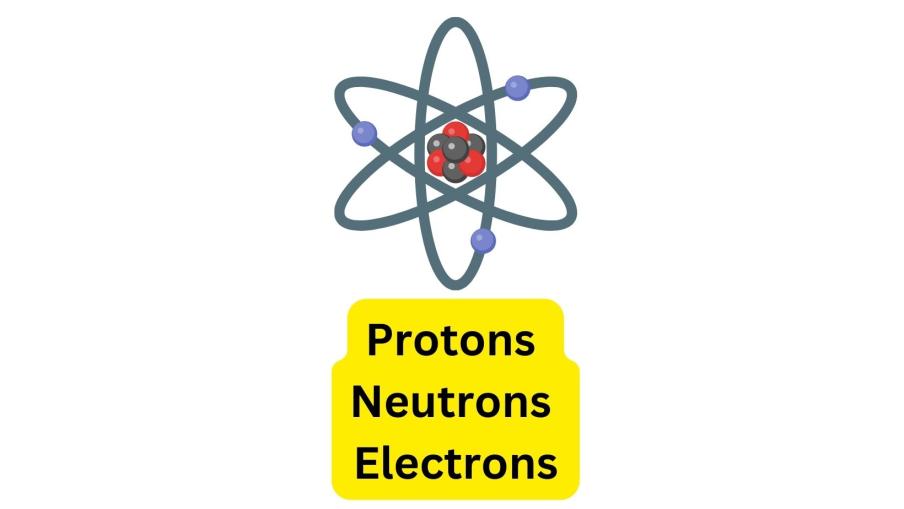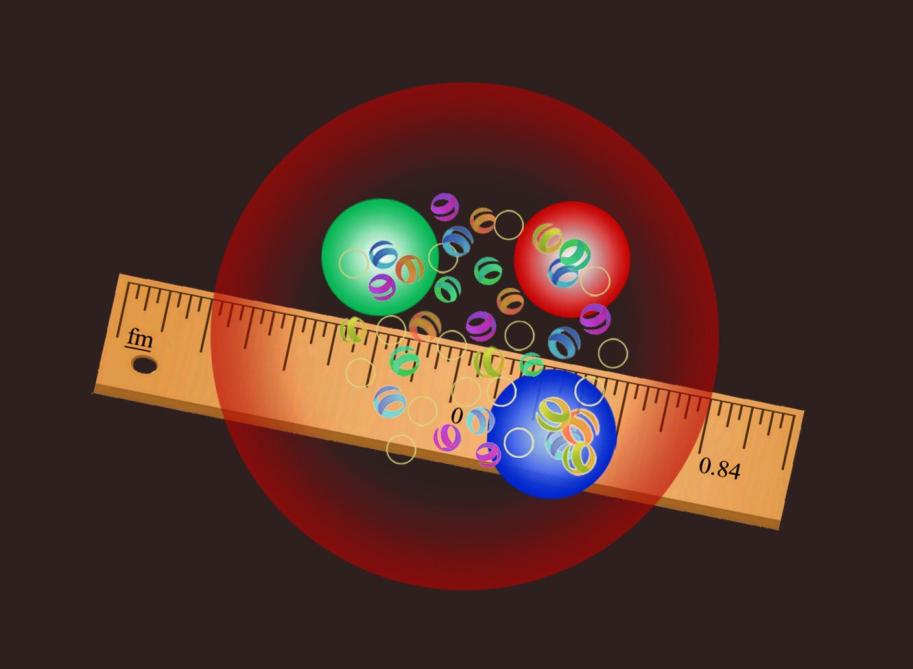How Can People Photograph the Northern Lights, and What Techniques Are Used to Capture the Best Shots?
The Northern Lights, also known as Aurora Borealis, are a natural light display that occurs in the sky primarily in high-latitude regions. This article explores the techniques and considerations for capturing stunning photographs of the Northern Lights.

Section 1: Understanding The Northern Lights
To successfully photograph the Northern Lights, it is essential to understand the scientific phenomenon behind them.
Role Of Solar Wind And Earth's Magnetic Field:
- The Northern Lights are caused by the interaction between the solar wind and Earth's magnetic field.
- Solar wind consists of charged particles emitted from the sun, which travel towards Earth at high speeds.
- When these particles reach Earth's magnetic field, they are deflected towards the poles, where they collide with atoms and molecules in the atmosphere, causing them to emit light.
Factors Influencing Visibility And Intensity:
- Solar activity: The intensity of the Northern Lights is directly related to solar activity. During periods of high solar activity, the Northern Lights are more frequent and intense.
- Geomagnetic storms: Geomagnetic storms, caused by disturbances in Earth's magnetic field, can enhance the visibility and intensity of the Northern Lights.
- Weather conditions: Clear skies and dark nights provide the best conditions for observing and photographing the Northern Lights.
Best Time And Location:
- The best time to witness and photograph the Northern Lights is during the winter months, typically from September to April.
- The most favorable locations for viewing the Northern Lights are high-latitude regions, such as Alaska, Canada, Scandinavia, and Iceland.
Section 2: Essential Equipment And Settings
The right equipment and camera settings are crucial for capturing high-quality photographs of the Northern Lights.
Essential Camera Equipment:
- DSLR or mirrorless camera with a full-frame sensor: A full-frame sensor provides better image quality and low-light performance.
- Wide-angle lens: A wide-angle lens, such as a 14-24mm or 16-35mm, allows you to capture the vastness of the Northern Lights.
- Tripod: A sturdy tripod is essential for keeping your camera steady during long exposure shots.
- Remote shutter release: A remote shutter release helps avoid camera shake when taking long exposure photographs.
- Headlamp or flashlight: A headlamp or flashlight is useful for navigating in the dark and adjusting camera settings.
Camera Settings:
- Aperture: Use a wide aperture, such as f/2.8 or wider, to let in as much light as possible.
- Shutter speed: Use a long shutter speed, such as 15 seconds or longer, to capture the movement and flow of the Northern Lights.
- ISO: Use a high ISO, such as ISO 1600 or higher, to compensate for the low light conditions.
- White balance: Set the white balance to "Tungsten" or "Incandescent" to reduce the yellow or orange cast often associated with the Northern Lights.
Section 3: Composition And Techniques
Composition and creative techniques play a significant role in creating visually appealing photographs of the Northern Lights.
Composition:
- Choose a strong foreground element, such as a tree, mountain, or building, to add depth and interest to your composition.
- Frame the aurora in an interesting way, such as using leading lines or creating a silhouette against the night sky.
Techniques:
- Use long exposure to capture the movement and flow of the Northern Lights. Experiment with different shutter speeds to achieve the desired effect.
- Pan with the aurora to create a sense of motion and dynamism in your photographs.
- Incorporate foreground elements to add depth and context to your shots.
Section 4: Post-Processing

Post-processing can enhance the quality and impact of your Northern Lights photographs.
Importance Of Post-Processing:
- Post-processing allows you to adjust exposure, contrast, color balance, and remove noise to improve the overall quality of your images.
- Specialized software and techniques can be used to enhance the colors and details of the Northern Lights.
Basic Steps:
- Adjust exposure and contrast to bring out the details in the Northern Lights and the surrounding environment.
- Adjust color balance to correct any color casts and enhance the natural colors of the aurora.
- Remove noise to reduce graininess and improve image clarity.
Advanced Techniques:
- Use specialized software, such as Adobe Photoshop or Lightroom, to selectively adjust the colors and details of the Northern Lights.
- Apply creative effects, such as color grading or HDR (High Dynamic Range) processing, to enhance the visual impact of your photographs.
Section 5: Safety And Considerations
Safety and environmental considerations are essential when photographing the Northern Lights.
Safety:
- Stay warm and comfortable during long exposure photography sessions, especially in cold environments.
- Be aware of your surroundings and take precautions to avoid accidents, such as slipping or falling on icy surfaces.
- Respect the environment and minimize light pollution by using appropriate lighting and avoiding disturbing wildlife.
Environmental Considerations:
- Choose locations that are free from light pollution to minimize the impact on the natural environment.
- Use low-power lighting and avoid using flash photography to minimize disturbance to wildlife.
- Dispose of batteries and other waste responsibly to protect the environment.
Photographing the Northern Lights requires a combination of technical expertise, creative vision, and an understanding of the natural phenomenon. By following the techniques and considerations outlined in this article, you can capture stunning images of this awe-inspiring natural light display.
Remember to prioritize safety, respect the environment, and share your experiences with others to spread the wonder of the Northern Lights.
YesNo

Leave a Reply